Welcome to MOOS-DAWG 2017 !!
The 2017 Working Group Meeting for MOOS and IvP developers and practitioners will be held in Cambridge Massachusetts, August 1-2 2017, on the campus of the Massachusetts Institute of Technology.

MOOS-DAWG Workshop Format: The meeting will be mostly single-track discussions on:
- Fielded autonomous platforms using MOOS and/or MOOS-IvP.
- Development of MOOS-based software applications.
- Panel discussions on best-practices and roadmaps for improvement.
Demo Day Participants: Ten Vehicles From Industry and Academia
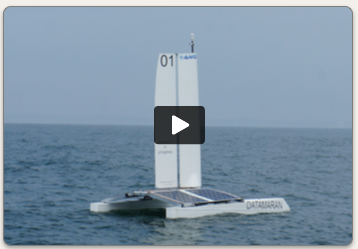 | Datamaran, Autonomous Marine Systems: The Datamaran is a sail powered autonomous catamaran being used in the the defense and energy industries. Design motivations and evolutions will be discussed. Recent results from endurance testing, various payload integrations, and value engineering will be presented along with a live demo. See the DemoDay'17 Video |
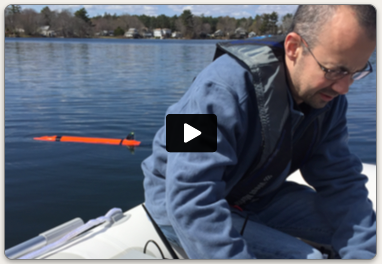 | Riptide UUV: The Riptide UUV is a new, highly flexible, open source autonomous undersea vehicle that provides users a state-of-the-art, low cost development solution ideally suited for developers of autonomy and behaviors, power systems, subsea sensors, and new payloads. The micro-UUV features open hardware and software interfaces to provide users a reliable and robust platform to advance technology development. The vehicle design is optimized for high efficiency with the best hydrodynamic signature in its class. See the DemoDay'17 Video youtube.com/watch?v=yBuVF3nIaMA |
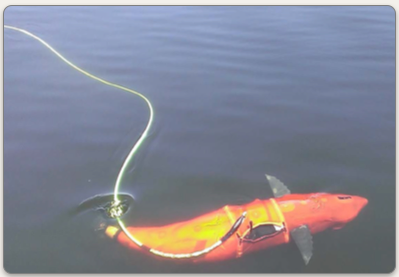 | BIOSwimmer UUV: The Boston Engineering BIOSwimmer(tm) strengthens the capability to search, inspect, and operate in harsh and constricted underwater areas – including areas inaccessible by other vehicles. The UUV employs a variety of payloads for mission flexibility and combines speed, maneuverability, and endurance. For more information, please visit: http://www.boston-engineering.com/advanced-systems-group/ |
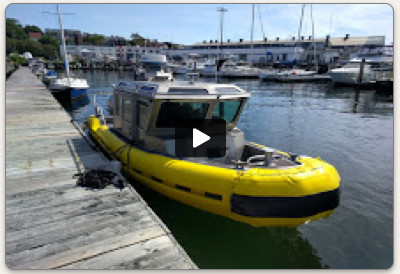 | The SeaMachines USV: Sea Machines Robotics is a startup in East Boston building Autonomous and Remote Control systems for the work grade vessels. These systems can be outfitted to any vessel, like standard auto-pilot, and enables it to be remotely controlled or be autonomously deployed for a mission. TALOS, the autonomy system, uses MOOS-IvP and other components to sail and dynamically adapt to the environment surrounding it. For the MOOS-DAWG 2017 demo-day, Sea Machines is pleased to demonstrate the latest of its capabilities implemented in a very short time thanks to the MOOS-IvP suite of software. See the DemoDay '17 video www.sea-machines.com |
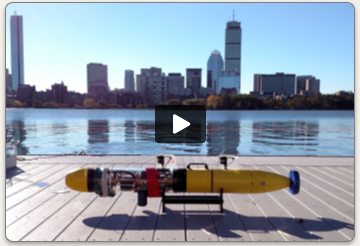 | WHOI Bluefin SandSharks with acoustics and autonomy payloads: Acoustics and autonomy payloads running MOOS-IvP have been integrated with multiple SandShark UUVs for multi-UUV navigation and sensing experiments. Based on a design developed at MIT, the payloads include a one-way-travel-time (OWTT) iUSBL system that use a time-synchronized beacon for relative or absolute navigation, and additional hydrophones for passive or active acoustic sensing. Data is processed on-board on a raspberry pi computer for adaptive sensing. Research topics using these vehicles include UUV formation autonomy, multi-vehicle sensing/mapping, and noise source detection/localization. See the DemoDay'17 video |
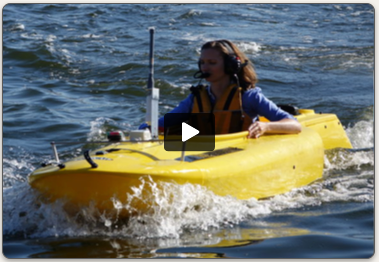 | The Electric MOKAI: The MOKAI platform is a commercially available motorized kayak. It is currently used as a human-operated platform in the DARPA/ONR funded Aquaticus project. It can also be converted into an unmanned platform. The Electric MOKAI project is a prototype currently under development at MIT by Joseph Curcio to replace the gas engine with an all-electric motor. This prototype will be demonstrated. See the DemoDay'17 video |
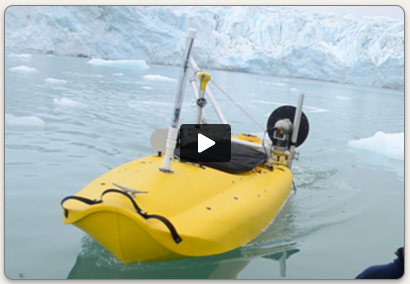 | The WHOI JetYakI: is an autonomous surface vehicle that is able to map and measure water that’s too shallow or turbulent for underwater vehicles.The idea began with ocean engineers Hanumant Singh and Peter Traykovski in the Applied Ocean Physics and Engineering Department at WHOI. They developed a prototype jetyak that was used to measure freshwater flow at the front of calving glaciers in Greenland in July 2013. See the DemoDay'17 video http://www.whoi.edu/oceanus/feature/the-jetyak |
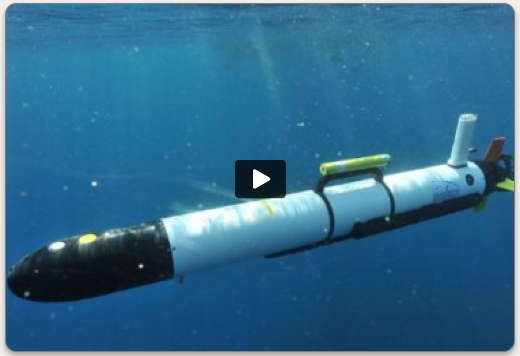 | The Iver3 AUV: is the latest affordable AUV platform released by L3 OceanServer. This autonomous system benefits from 14 years of experience in building reliable systems with well over 250 AUVs shipped. The OceanServer Remote Helm on the Iver3 AUV provides a fully functional and open system where the users can install their hardware and make software extensions to the vehicle without the requirement of a custom design. See the DemoDay'a7 Video |
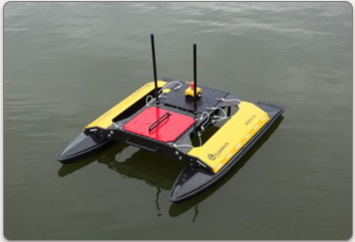 | Clearpath Heron USVs with MIT Payload Autonomy: The Heron USV is a 1-2 person portable vehicle made by Clearpath Robotics. This vehicle is used at MIT for research on COLREGS collision avoidance, and in the DARPA/ONR funded human robot competition called Aquaticus. It is also the primary teaching platform for new students. The MIT Herons are a variant of the standard-issued platform, with autonomy run from a separate payload computer. These variants and the payload autonomy will be demonstrated. Go to DemoDay'17 video http://www.clearpathrobotics.com/heron |
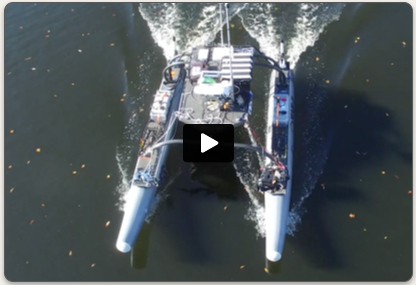 | The MIT Rex IV USV: The REx IV is an unmanned surface vessel based on the 16-foot WAM-V and running the MOOS-IvP autonomy suite of software. The platform is modular, allowing a variety of sensors to be connected for gathering data from atmospheric and sea surface sensors. A marine winch allows subsea sensors or remotely-operated vehicles to be deployed to depth. Data and control of an ROV can be sent via live feed to researchers and classrooms. This platform won the 2014 RobotX competition. Go to DemoDay'17 video |
Some Workshop topic areas:
- MOOS middleware: Issues related to MOOSDB performance and the interface of MOOS applications.
- IvP Helm: Application experiences, behavior development.
- Payload (backseat driver) interface: standards, best practices, source code availability.
- Acoustic communications: Applications for interfacing with acoustic modems and defining and handling message sets.
- MOOS on low-powered CPUs: Experiences in porting MOOS to the Gumstix, ARM9, or similar processor families.
- Mission planning / Mission configuration: Tools for composing, visualizing or automated error checking of mission (or helm behavior) configuration files.
- Simulation: Includes simulation of the platform, inter-node communications, and models of the ocean or environment.
- Quality Control: Issues related to process of adopting and accepting testing new software releases.
- MOOS/MOOS-IvP build system: Issues related to maintaining a build system for third-party software using MOOS or MOOS-IvP trees.
- Mission monitoring: Tools for rendering vehicle operations and tools for scoping on the MOOSDB.
- Post mission analysis: Tools for parsing, editing and analyzing mission log files.